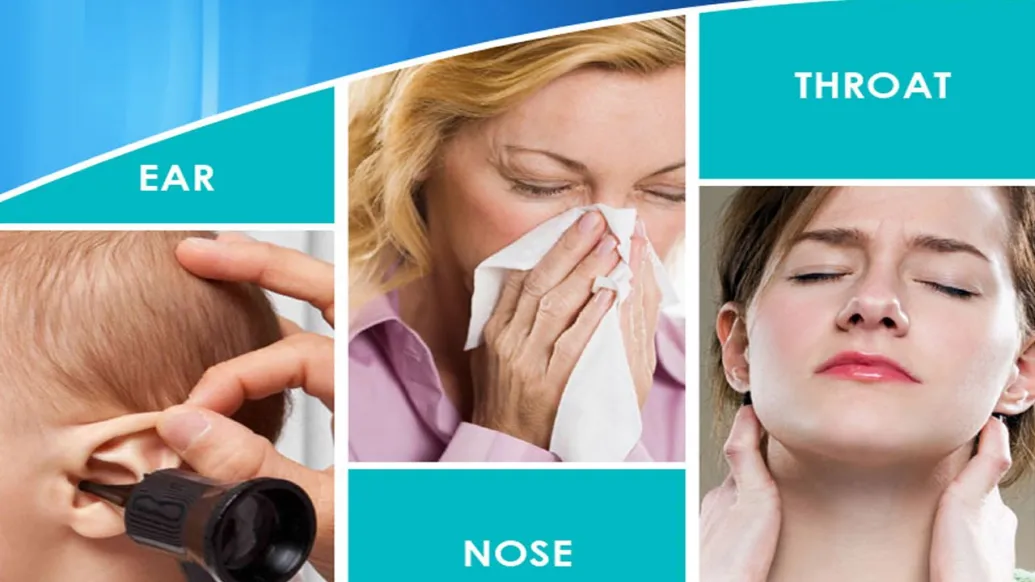Tue, Jan 30, 2024
Read in 5 minutes

Clinicians may recommend tonsillectomy for recurrent throat infection with a frequency of at least 7 episodes in the past year, at least 5 episodes per year for 2 years, or at least 3 episodes per year for 3 years with documentation in the medical record for each episode of sore throat and ≥1 of the following: temperature >38.3°C (101°F), cervical adenopathy, tonsillar exudate, or positive test for group A beta-hemolytic streptococcus.
Symptoms of Tonsillitis
Tonsillitis can affect people of all ages, but it is most commonly observed in children and young adults. The signs and symptoms of tonsillitis may vary depending on the underlying cause but generally include the following:
Sore throat: A persistent sore throat is the most common symptom of tonsillitis. The pain may worsen when swallowing or speaking.
Swollen tonsils: Inflammation of the tonsils may cause them to appear red and swollen. In some cases, white or yellow patches may be present on the tonsils.
Fever: Tonsillitis can be accompanied by a fever, which indicates the body’s response to the infection.
Difficulty swallowing: Swollen tonsils can make swallowing difficult or even painful.
Enlarged lymph nodes: Swelling in the lymph nodes in the neck is a common sign of tonsillitis.
Bad breath: The presence of bacteria in the throat may lead to bad breath.
Headache: Some individuals may experience headaches as a symptom of tonsillitis.
Fatigue: General feelings of fatigue or weakness may accompany tonsillitis.
Ear pain: The proximity of the tonsils to the ears can cause referred pain, leading to earaches.
Stomachache: Particularly in children, stomachaches may be associated with tonsillitis.
Causes of Tonsillitis
The primary cause of tonsillitis is an infection, which can be either viral or bacterial. The most common causes include:
Viral infections: Viruses account for the majority of tonsillitis cases. Common viruses include the common cold, influenza, and the Epstein-Barr virus (which causes mononucleosis).
Bacterial infections: The most common bacterial cause of tonsillitis is Streptococcus pyogenes, also known as group a streptococcus, which is responsible for strep throat. Other bacteria, such as Haemophilus influenza, Moraxella catarrhalis, and Staphylococcus aureus, can also cause tonsillitis.
Risk Factors
Certain factors may increase the risk of developing tonsillitis, such as:
Age: Tonsillitis is more common in children aged 5 to 15 years. This is because the tonsils play a more significant role in the immune system during childhood.
Frequent exposure to germs: Children who attend school or daycare are at higher risk of tonsillitis due to their increased exposure to bacteria and viruses.
Weakened immune system: Individuals with weakened immune systems are more susceptible to infections, including tonsillitis.
Diagnosis
A healthcare professional can diagnose tonsillitis by performing a physical examination and reviewing the patient’s symptoms. The doctor may also perform a throat swab test to determine if the infection is viral or bacterial. In some cases, blood tests may be necessary to rule out other conditions, such as Infection mononucleosis.
Treatment
The treatment for tonsillitis depends on the cause of the infection.
Viral tonsillitis: Viral tonsillitis typically resolves on its own without any specific treatment. Doctors may recommend over-the-counter pain relievers, such as acetaminophen or ibuprofen, to alleviate pain and reduce fever. Additionally, home remedies, such as drinking warm fluids, using a humidifier, and gargling with warm salt water, can help soothe a sore throat and provide relief from symptoms.
Bacterial tonsillitis: If the infection is caused by bacteria, a healthcare provider will likely prescribe antibiotics, usually penicillin or amoxicillin, to treat the infection. It is essential to complete the full course of antibiotics as prescribed, even if the symptoms improve before the medication is finished, to ensure the infection is effectively treated and to minimize the risk of complications.
SURGICAL TREATMENT
In cases where tonsillitis recurs frequently, or if the tonsils become severely enlarged and obstruct breathing, a doctor may recommend a tonsillectomy. A tonsillectomy is a surgical procedure to remove the tonsils. This procedure can help reduce the frequency of throat infections and improve breathing and swallowing.
THE FOLLOWING OPTIONS ARE AVAILABLE FOR SURGERY
1. COLD STEEL- A surgeon uses a scalpel (traditional surgical knife) to remove your tonsils. Then, they’ll stop the bleeding with electrocautery (extreme heat) or sutures.
2. COBLATION- Tonsils and adenoids are tissues near the throat that filter out germs entering through the nose and mouth. They’re part of the lymphatic system, which plays roles in circulation and immune function. When a child’s tonsils or adenoids become infected or enlarged, they may interfere with breathing and sleeping. To resolve these problems, a tonsillectomy or adenoidectomy (removal of the tonsils or adenoids) may be necessary.
3. LASER TONSILLECTOMY- In laser tonsillectomy, the laser is controlled by a machine and examined under a microscope, so tonsillectomy is performed very accurately, and the surgery time is shortened. The patient has less bleeding during surgery because the blood vessels are rapidly hemostatic.
Prevention
While it is impossible to avoid all exposure to viruses and bacteria that cause tonsillitis, the following steps can help reduce the risk of infection:
Practice good hygiene: Washing hands frequently with soap and water, especially before eating and after using the restroom, can help minimize the risk of infection. Using hand sanitizer when handwashing is not possible can also be beneficial.
Avoid close contact with sick individuals: Keep a safe distance from those who are sick, especially if they have a sore throat, cold, or flu. This will help reduce the risk of exposure to viruses and bacteria that cause tonsillitis.
Do not share personal items: Avoid sharing items such as utensils, cups, toothbrushes, and towels, as this can facilitate the spread of infections.
Cover your mouth and nose: When coughing or sneezing, use a tissue or the crook of your elbow to prevent the spread of germs.
Strengthen your immune system: Maintain a healthy lifestyle by eating a balanced diet, getting regular exercise, and ensuring adequate sleep to help keep your immune system strong and better equipped to fight off infections.
